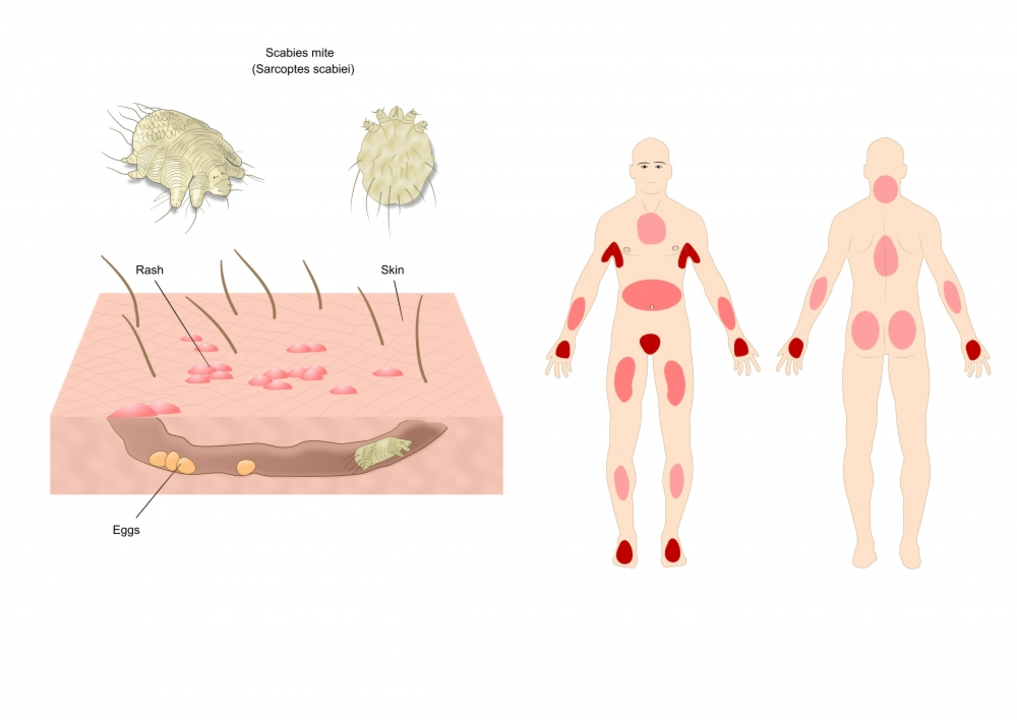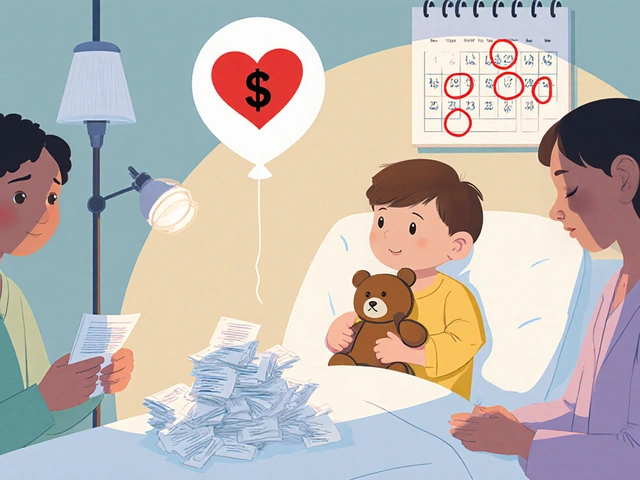Sarcoptes scabiei — the scabies mite: what to watch for
A tiny mite called Sarcoptes scabiei burrows into skin and causes scabies — that relentless, mostly-nighttime itch. The mite itself is almost invisible, but the bites, burrows, and the body's allergic reaction make scabies obvious once you know what to look for.
How to spot scabies
Intense itching that gets worse at night is the most common clue. Look for thin, greyish or skin-colored lines (burrows) and small red bumps. Typical places are between the fingers, wrists, inner elbows, underarms, around the waist, buttocks, and genital area. In babies and small children the face, scalp, palms, and soles can be involved.
First-time exposure can take 2–6 weeks before symptoms show. If you’ve had scabies before, symptoms often appear within days because your immune system reacts faster. Because the rash can look like eczema, bug bites, or fungal infections, doctors use a skin scraping, dermatoscope, or clinical signs to confirm the diagnosis.
Treatment and how to stop spread
The usual first-line treatment is a topical permethrin 5% cream. Apply it to the entire body from the neck down (and include the scalp and face for infants) and leave it on overnight—commonly 8–14 hours—then wash it off. Most regimens recommend repeating the application after 7 days to catch newly hatched mites.
Oral ivermectin is another effective option. Typical dosing is about 200 mcg/kg as a single dose, with a repeat dose after 1–2 weeks. Doctors often use ivermectin for crusted scabies, large outbreaks, or when topical therapy isn’t practical. Always follow a clinician’s advice before taking ivermectin, especially if you’re pregnant, breastfeeding, or very small.
Treat everyone who has close contact with the person at the same time, even if they show no symptoms. That stops re-infestation. Wash clothes, bedding, and towels used in the 2–3 days before treatment in hot water and dry on high heat. Items that can’t be washed should be sealed in a plastic bag for at least 72 hours — mites can’t survive long off the human body. Vacuum furniture and mattresses, and avoid skin-to-skin contact until treatment is complete.
Itching can keep going for a few weeks after successful treatment because of lingering inflammation. This doesn’t mean the mites are alive. Use oral antihistamines, short courses of topical corticosteroids, or soothing emollients to ease the itch — check with a doctor if symptoms persist.
See a clinician promptly if the rash spreads rapidly, you notice crusted or thick scaly patches (crusted scabies), there are signs of bacterial infection (increasing pain, pus, fever), or if infants, elderly people, or immunocompromised patients are involved. In group settings like nursing homes or shelters, early reporting helps control outbreaks.
Scabies is uncomfortable, but it’s treatable. Quick recognition, treating everyone exposed, and simple cleaning steps usually stop the problem fast. If you’re unsure, get a medical check — treatment works best when started early.





